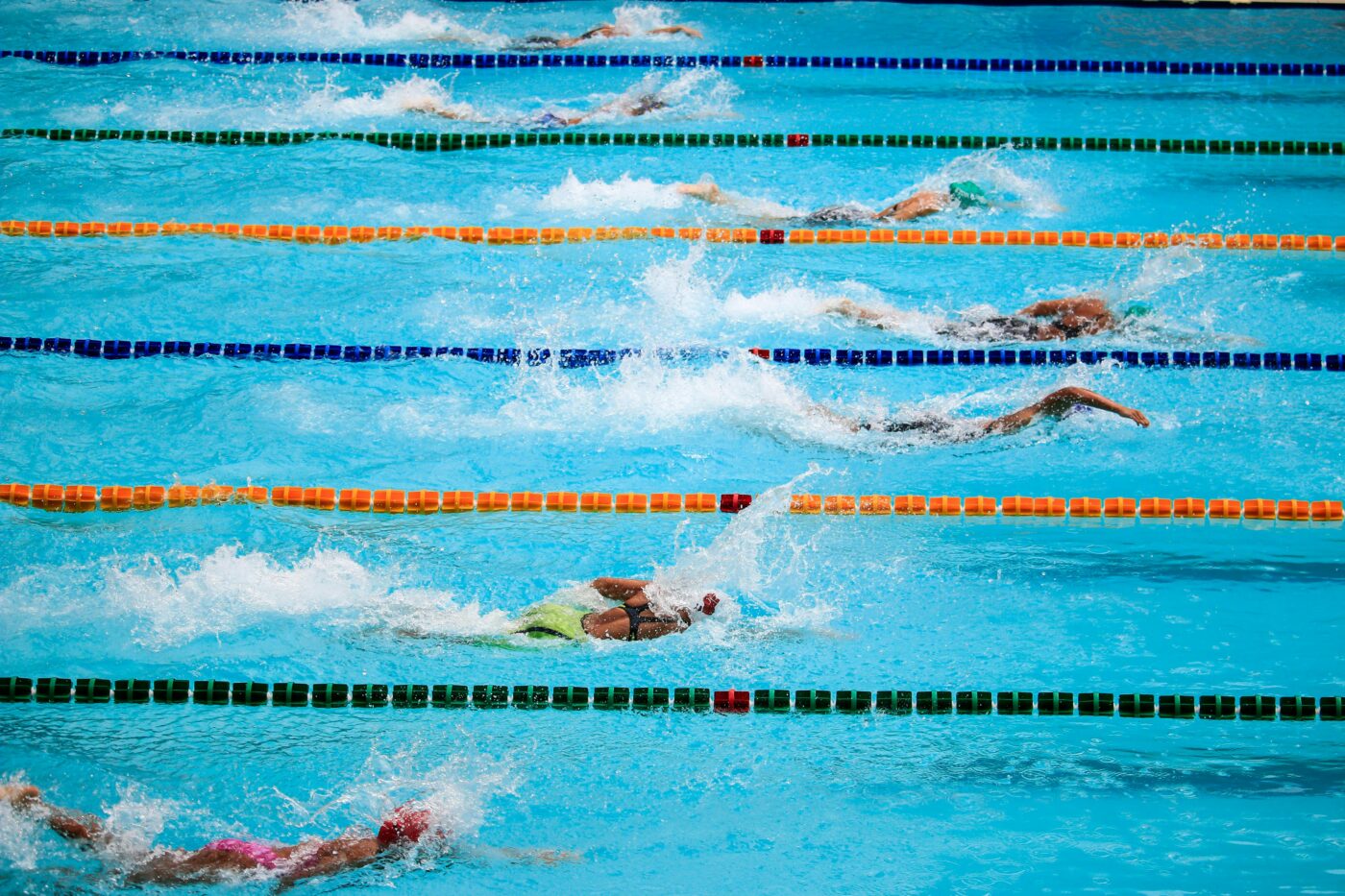Choosing the Ideal LASIK Surgeon
Selecting the most suitable LASIK surgeon is a pivotal decision in your journey toward improved vision. We will provide you with invaluable insights to help you make an informed choice.
Understanding Your Needs:
Before embarking on your surgeon search, it’s essential to assess your individual needs and preferences. Consider factors such as:
- Desired Outcome: Clearly define your vision goals and expectations from the LASIK procedure.
- Eye Health: Evaluate your overall eye health and any pre-existing conditions.
- Budget: Determine your financial constraints to ensure the chosen surgeon aligns with your budget.
Leveraging Diverse Resources:
- Personal Referrals: Seek recommendations from trusted friends, family, or colleagues who have undergone LASIK surgery. Their firsthand experiences can offer valuable insights.
- Consulting with Your Eye Doctor: Discuss your LASIK aspirations with your regular eye care provider. They can provide guidance and potentially refer you to qualified surgeons.
- Online Research: Utilize reputable online platforms to research LASIK surgeons in your area. Look for reviews, testimonials, and information about their qualifications and experience.
Evaluating Potential Surgeons:
Once you’ve compiled a list of potential surgeons, conduct thorough evaluations:
- Credentials and Experience: Verify the surgeon’s educational background, certifications, and years of experience in performing LASIK procedures.
- Surgical Volume: Consider the surgeon’s annual volume of LASIK surgeries. A higher volume often indicates greater expertise and experience.
- Laser Technology: Inquire about the type of laser technology used by the surgeon. Modern lasers, such as femtosecond lasers, generally offer more precise and efficient results.
- Personalized Consultation: Schedule a consultation to assess the surgeon’s communication skills, bedside manner, and willingness to address your concerns.
Considering Additional Factors:
- Facility and Staff: Evaluate the cleanliness, organization, and overall atmosphere of the surgeon’s facility. A well-maintained environment can contribute to a positive experience.
- Patient Reviews: Read online reviews from previous patients to gain insights into their satisfaction levels and experiences.
- Insurance Coverage: If applicable, verify if your insurance plan covers LASIK surgery and the extent of coverage provided.
Choosing the right LASIK surgeon is a critical step toward achieving your desired vision goals. By carefully considering the factors outlined in this guide, you can make an informed decision and increase your chances of a successful outcome.
References:
- American Academy of Ophthalmology. (n.d.). LASIK Eye Surgery. Retrieved from https://www.aao.org/eye-health/treatments/lasik-surgery
- American Refractive Surgery Council. (n.d.). Choosing a LASIK Surgeon. Retrieved from https://americanrefractivesurgerycouncil.org/how-to-choose-a-lasik-surgeon/
- FDA. (2023). LASIK Eye Surgery. Retrieved from https://www.fda.gov/medical-devices/surgery-devices/lasik






